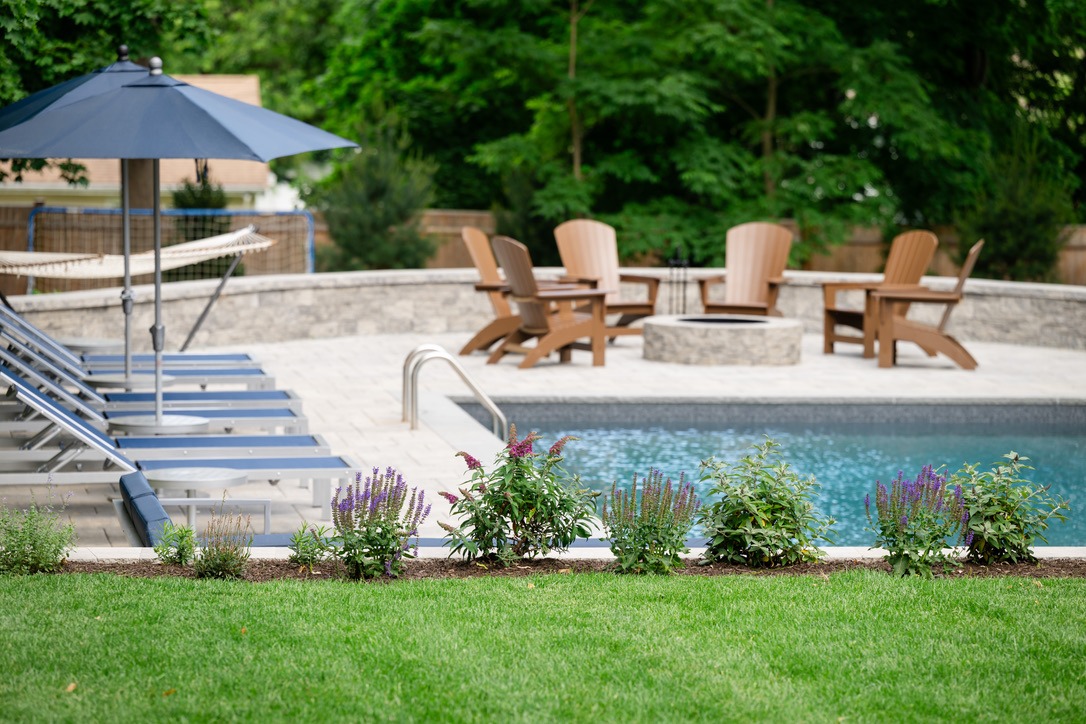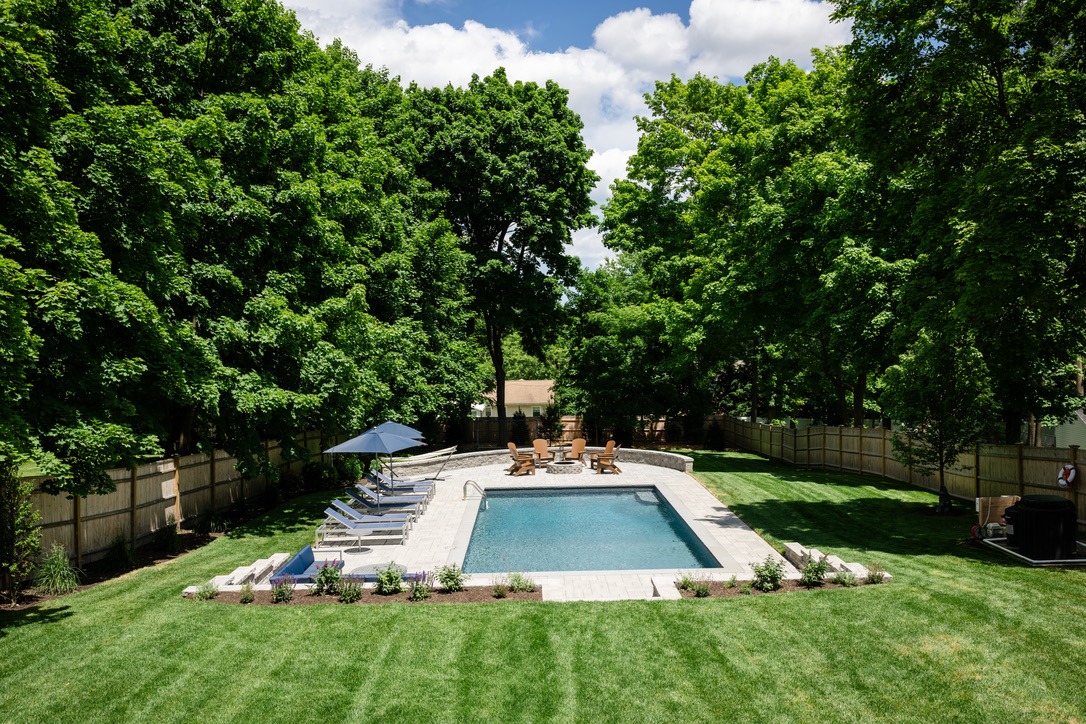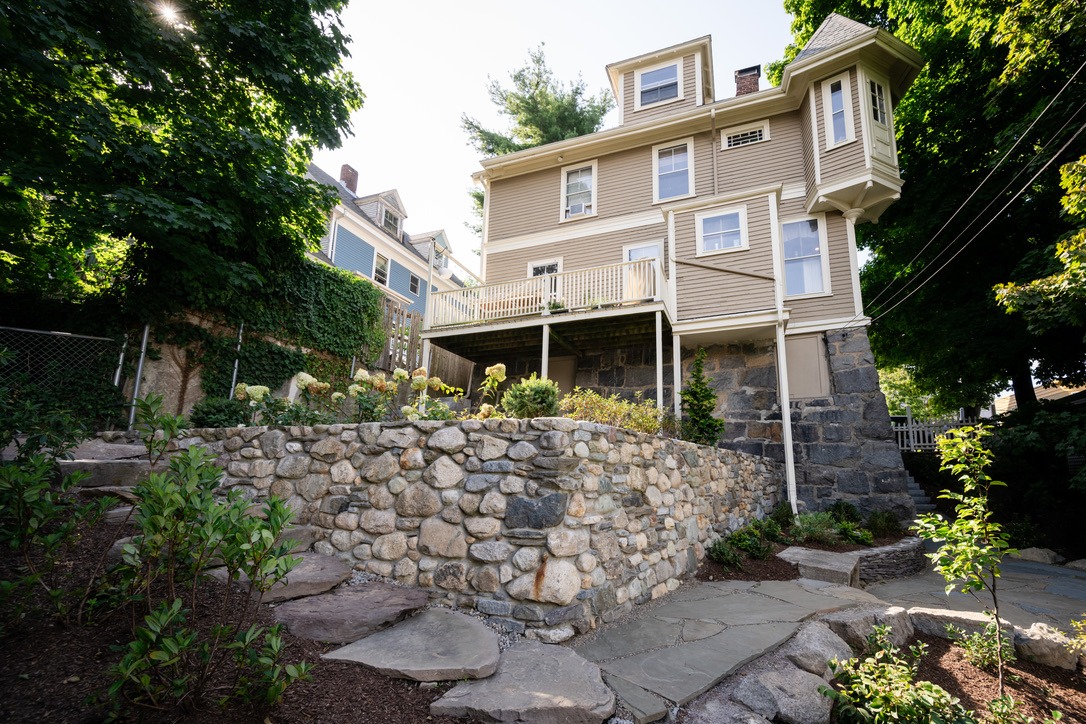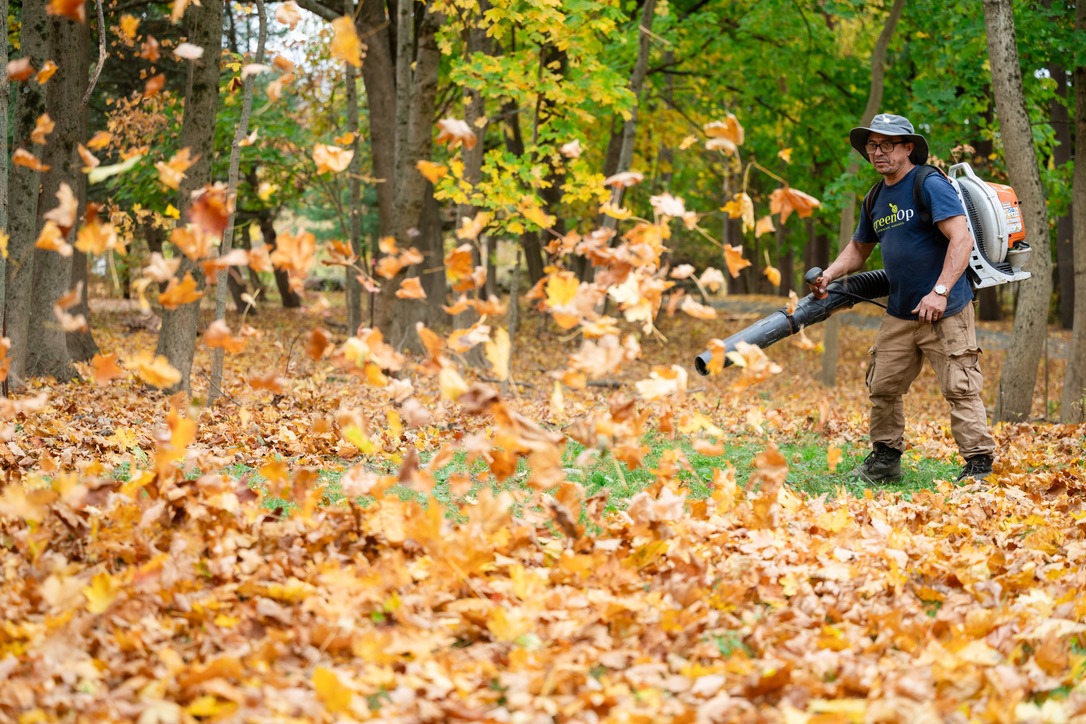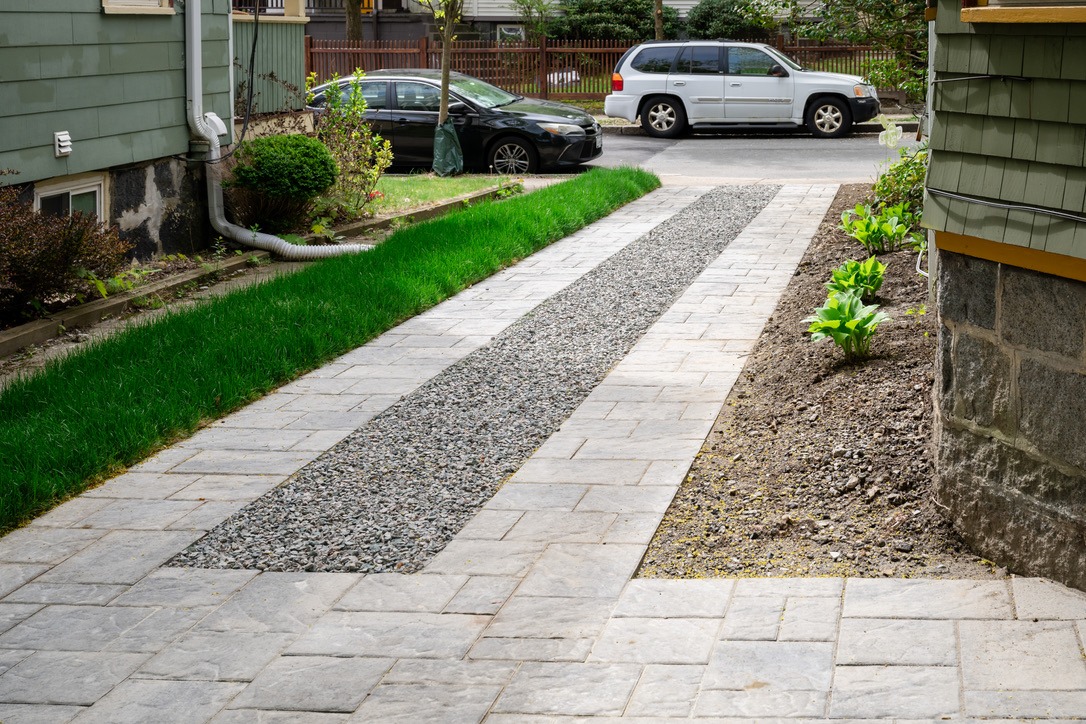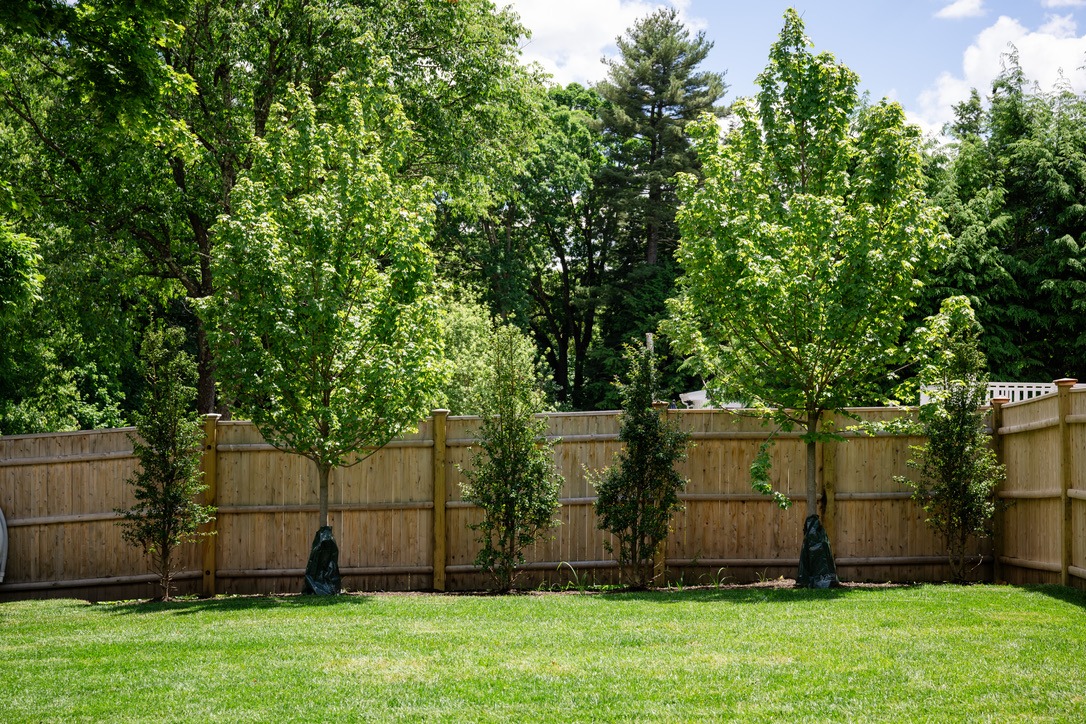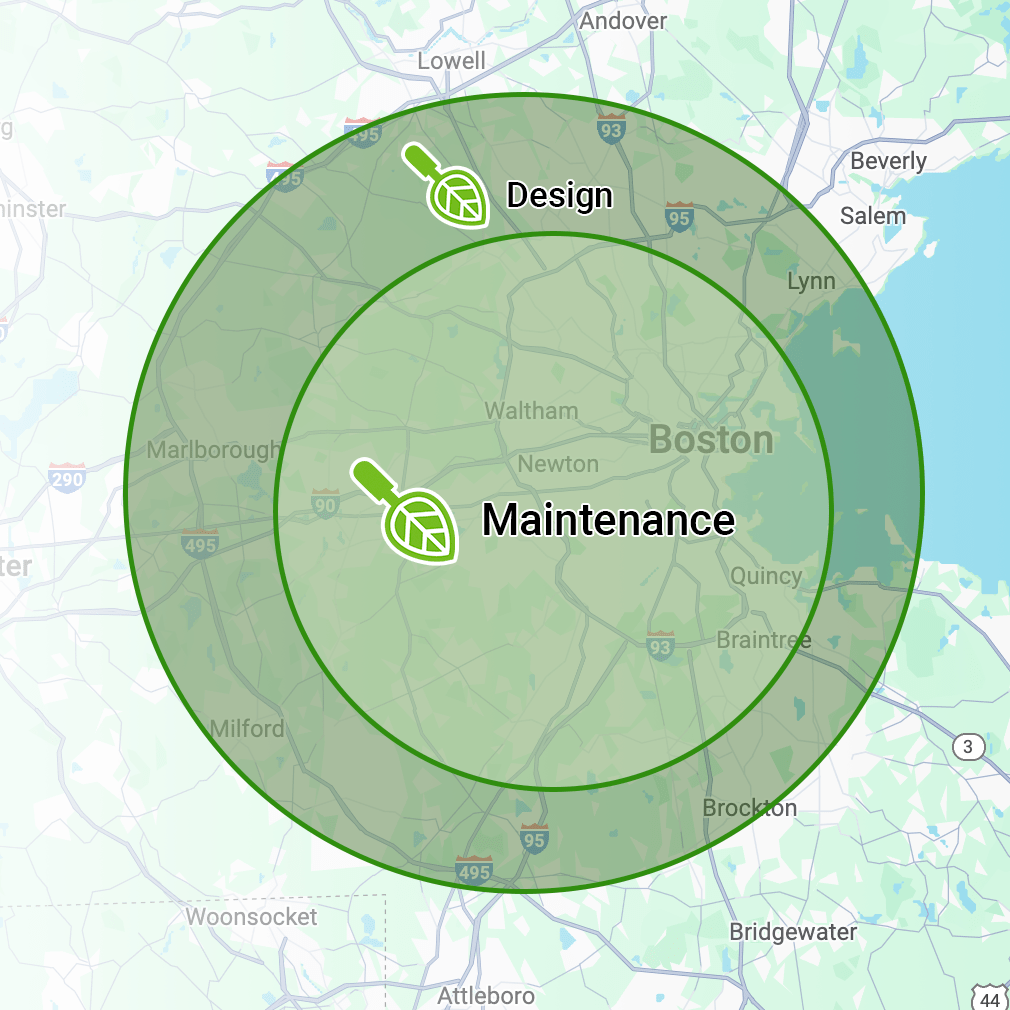Mastering Landscaping in Weymouth, MA: A Comprehensive Guide
When it comes to landscaping a yard, many people immediately think of lush, green grass. However, there are various reasons why you might not want or be able to grow grass in your yard. Perhaps you live in an area with poor soil quality or water shortage, or maybe you’re just looking for something low-maintenance and unique. Whatever the reason, here are some alternative methods to landscape your yard without the need for grass.
Top Landscaping Companies in Weymouth, MA
One way to fill your yard without grass is by using ground covers. These plants spread horizontally and form a dense layer of foliage, providing the same visual effect as grass without the need for mowing. * Creeping Thyme: This plant forms a beautiful carpet of pink flowers when it blooms and can tolerate foot traffic. * Sedum: These come in various colors and can grow even in poor soil.
Finding the Best Landscape Contractor in Weymouth, MA
Gravel offers an excellent option for those looking for a minimalist or modern design. It requires no watering and minimal maintenance. You can use different types to create patterns and texture.
Landscaping Services in Weymouth, MA
Paved patios are perfect for creating outdoor living spaces. They require no maintenance apart from occasional cleaning. You can select from various materials such as concrete slabs, natural stone tiles or bricks.
Exploring the Landscape in Weymouth, MA
Using plant beds is another way you can add color and texture to your yard without needing any grass at all. * Perennial Flowers: Perennials are excellent because they return year after year, providing consistent color and beauty. * Shrubs: Shrubs can offer both greenery and blooms while also adding structure.
Landscape Design in Weymouth, MA
Xeriscaping involves using drought-resistant plants and landscaping techniques that reduce or eliminate the need for irrigation. This method is particularly suitable for areas with water scarcity.
| Xeriscaping Plants |
Features |
| Agave |
These are rosette-forming plants that are highly drought-tolerant. |
| Lavender |
Known for its beautiful scent, this plant is also very drought-resistant. |
Finally, implementing a mixture of these methods can lead to a unique, creative, and beautiful yard without the need for grass. Remember that successful landscaping involves planning and understanding your landscape’s specific needs and conditions. This way, you’ll be able to select the best plants and materials that will thrive in your yard, ensuring a stunning result.
Starting Your Journey with Lawn Care in Weymouth, MA: Taking the First Crucial Steps
Embarking on a landscaping project can feel like a daunting task, especially if it’s your first time. However, with proper planning and organization, it can be an enriching and rewarding experience. Here’s a step-by-step guide to help you start your landscaping journey smoothly.
Assess Your Yard
Before you pull out your tools and get your hands dirty, take some time to assess your yard. Consider factors such as the size of your yard, its topography, existing plants and trees, soil type, sunlight exposure and climate. Understanding these factors will help tailor a plan that fits the unique needs of your space.
Define Your Goals
What do you want to achieve with this landscape project? Are you aiming for aesthetic appeal, functionality, or both? Determining your goals early on will guide the direction of design decisions down the line.
Remember that specific goals lead to more successful outcomes. For instance, ‘creating an area for outdoor entertaining’ is more actionable than ‘improving my backyard.’
Get Inspired
Look for landscaping ideas in magazines or online platforms such as Pinterest or Instagram. This will provide inspiration for possible designs and plant choices. Take notes of what appeals to you – color schemes, garden layouts, plant combinations or garden structures like pergolas or trellises.
Draft A Design Plan
Based on your assessment, goals and inspirations draw up a rough sketch of how you want your landscaped yard to look. You can either do this yourself or hire a professional landscape designer if budget allows.
- The placement of hardscape features like paths or patios.
- The positioning of key plants.
- How different elements will interact with each other in terms of color and texture.
- How elements will appear from various vantage points within the yard.
Choose Your Plants Wisely
Select plants that will thrive in your specific yard conditions. Consider factors such as your climate zone, soil type, and sunlight exposure. Also think about maintenance – certain plants require more care than others.
Prepare Your Yard
After finalizing your plan, the next crucial step is to prepare your yard for landscaping. This involves tasks like clearing out debris, trimming existing trees or shrubs, testing and prepping soil, and marking out areas where different elements of your design will go.
Start Landscaping
Now it’s time to bring your design to life. Start with hardscaping features before moving on to planting. This way you avoid damaging plants during the construction process.
Remember that patience is key in landscaping. It might take a few seasons before everything comes together as planned. Meanwhile, enjoy the process and take pride in seeing your yard transform slowly but surely into a beautiful landscape.
Top Tips and Services from Expert Gardeners in Weymouth, MA
Landscaping a shaded yard can be a unique challenge. Not all plants thrive in low light conditions, and the lack of sunlight can stunt growth or lead to disease in certain species. However, with the right planning, strategic placement, and plant selection, you can create an attractive landscape that thrives in the shade.
Understanding Your Shade
- Full shade: These areas receive no direct sunlight but may get a little indirect light during the day.
- Partial shade: These areas are shaded for 4-6 hours per day, usually during the midday when the sun is at its peak.
- Light shade: Light shade areas have direct sunlight for two hours or less each day.
Choosing the Right Plants
- For Full Shade: Ferns, Hostas and Astilbes are great choices.
- For Partial Shade: Certain types of Hydrangeas, Rhododendrons and Azaleas can thrive.
- For Light Shade: Roses and Daylilies might be viable options.
Incorporating Texture
When landscaping a shaded area, incorporating texture creates visual interest. Consider using large-leaved Hostas or ferns to add dimension to your yard. Combining different types of foliage like shiny leaves next to matte ones also enhances aesthetic appeal.
Layering Plant Heights
Creating layers with different plant heights adds depth to your shady landscape. Assemble a mix ranging from low ground covers like Creeping Jenny (Lysimachia nummularia), medium-sized perennials like Bleeding hearts (Dicentra spectabilis) and taller shrubs like Camellias.
Considering Color
While it’s true that many shade plants tend to have more subdued colors, that doesn’t mean you can’t have a colorful shade garden. Some flowers thrive in the shade and can add pops of color, but don’t forget about foliage. Some plants have vibrant green, red, yellow or even multicolored leaves.
Mulching
Shade gardens often struggle with dry soil, as the canopy of trees or structures causing the shade may prevent rainfall from reaching the ground below. A thick layer of organic mulch not only helps retain moisture but also adds nutrients to the soil as it decomposes.
Creating Focal Points
Consider adding a focal point such as a decorative statue, bird bath, or bench to your shaded landscape. This gives the eye a place to rest and adds interest to your garden.
Lighting
Just because an area is naturally shaded doesn’t mean you can’t play with light. Consider adding landscape lighting to highlight your garden’s best features.
Landscaping a shaded yard may come with its unique set of challenges but with effective strategies and useful tips in hand, one can create a lush, thriving garden that is every bit as beautiful as its sun-drenched counterpart.
Overcoming Landscaping Challenges with Landscapers in Weymouth, MA for Yards with Poor Soil Conditions
Landscaping a yard with poor soil conditions can be an uphill task. However, there are innovative and effective ways to navigate this challenge. This article aims to provide some constructive techniques that you can use.
Finding the Best Landscaping Companies Near Me
The first step is understanding the nature of your soil. It’s essential to have your soil tested to determine its type and pH level. This will help you know what plants are most suitable for your yard and the amendments necessary for improving the soil structure and fertility.
- Clay soil: While nutrient-rich, it has poor drainage and can become compacted easily, making it hard for plants’ roots to grow.
- Sandy soil: Sandy soil drains quickly but doesn’t hold onto nutrients well.
- Loamy soil: The ideal balance of sand, silt, and clay, loamy soils are fertile, well-draining but also retain nutrients.
Improving Soil Fertility
- Organic Matter: Adding compost, manure or leaf mold increases the nutrient content in the sandy or clayey soils and improves their texture.
- Green Manure: Planting cover crops such as clover or alfalfa helps add nutrients back into the soil.
- Mulching: Mulch helps retain moisture in sandy soils while preventing compaction in clay soils.
- Lime or Sulfur Additions: Lime is used to raise excessively acidic (low pH) soils while sulfur lowers excessively alkaline (high pH) soils to optimal levels for plant growth.
Choosing Suitable Plants
- For sandy soils consider beach sunflower (Helianthus debilis), blanket flower (Gaillardia) or Adam’s needle (Yucca filamentosa).
- Plants for clay soil include switchgrass (Panicum virgatum), sedges (Carex spp.), or purple coneflower (Echinacea purpurea).
Using Raised Beds
Raised beds are another great technique to overcome poor soil conditions. They allow you to control the soil environment entirely, as you fill them with a suitable mix of topsoil, compost, and other amendments of your choice.
Exploring Soil-less Gardening Techniques
Finally, if your soil is very challenging or if you don’t have the means to improve it, consider soil-less gardening techniques like hydroponics or aquaponics. These methods involve growing plants in nutrient solutions instead of soil.
In essence, though landscaping a yard with poor soil conditions can be challenging, it’s by no means impossible. With a bit of patience, understanding and smart techniques, you can transform even the poorest soils into a thriving garden landscape.
Embracing Utility and Beauty in Drought Conditions: Xeriscaping for Drought-Tolerant Yards
Xeriscaping is an ecological and sustainable landscaping approach that focuses on reducing the need for irrigation. It’s especially beneficial in drought-prone areas or regions where water conservation is crucial. The beauty of xeriscaping is its ability to balance utility and aesthetics, creating visually pleasing landscapes that are sustainable and eco-friendly.
Advantages of Xeriscaping
- Significant water savings: Xeriscaping can reduce outdoor water use by up to 50%.
- Lower maintenance: Plants used in xeriscape gardens generally require less care than traditional landscapes.
- Improved property value: A well-designed xeriscape can enhance curb appeal and increase the property’s market value.
- Wildlife attraction: Many xeric plants attract native wildlife like birds and butterflies.
Key Principles of Xeriscaping
- Planning and Design: Proper planning ensures efficient use of natural resources. It involves grouping plants with similar water requirements together, considering sunlight exposure, wind direction, and existing vegetation.
- Soil Improvement: The right soil helps retain moisture for plant roots while providing adequate drainage.
- Practical Turf Areas: Grass is a high-water-use plant. In a xeric landscape, it is kept to a minimum or eliminated entirely.
- Appropriate Plant Selection: Choose drought-resistant plants native to your region as they’re adapted to the local climate conditions.
- Efficient Irrigation: While xeric landscapes need less water, they still require occasional watering, especially during dry spells.
- Use of Mulches: Mulches help retain soil moisture, control erosion, reduce weed growth, and improve soil conditions as they decompose over time.
- Regular Maintenance: Although xeriscaping requires less maintenance, regular care like pruning, weeding, and occasional watering is still necessary.
Drought-Resistant Plants for Xeriscaping
- Succulents: Species like Agave and Sedum are excellent choices. They store water in their leaves and can withstand long periods of drought.
- Ornamental grasses: Blue Fescue or Maiden Grass require very little water once established.
- Native Plants: Native plants are adapted to local weather conditions. Examples could include the Purple Coneflower in North America or Lavender in Mediterranean regions.
- Trees and Shrubs: Certain trees and shrubs such as Juniper, Crape Myrtle, or Pomegranate trees are remarkably drought-tolerant.
Remember that a successful xeriscape balances beauty with practicality. It allows you to create a stunning landscape that’s able to withstand harsh drought conditions, all while saving water and promoting biodiversity.
